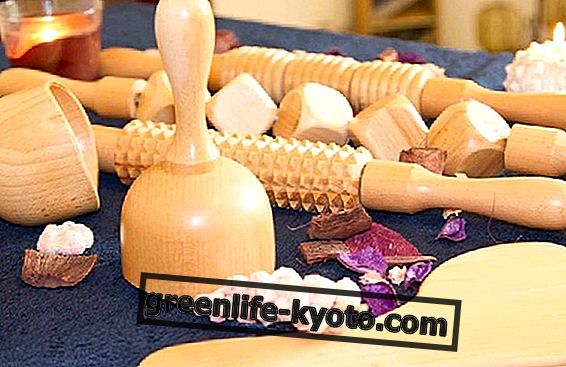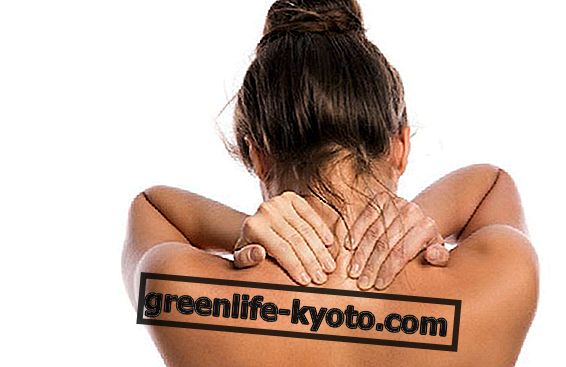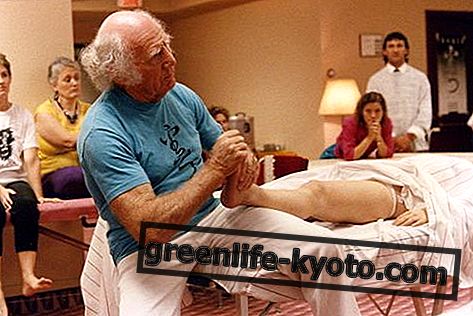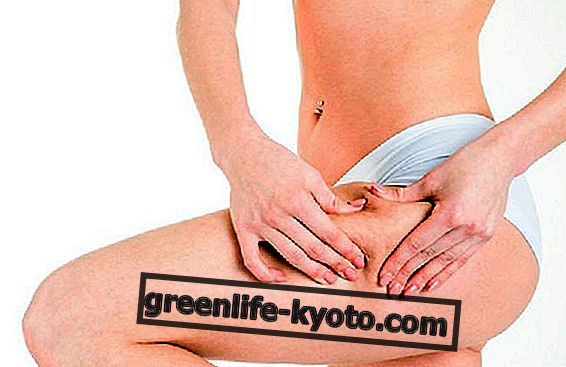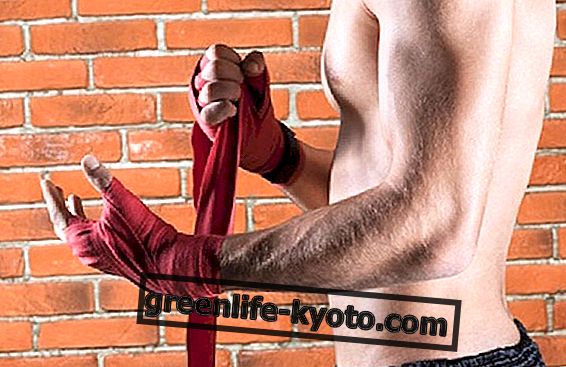
A good way to enter a therapeutic dimension that is not known is to experience it directly. The first approach with a kinesiologist or a kinesiologist usually does not forget why one goes on to discover directly that the body actually speaks, all right if it speaks. The tests of muscular endurance reveal a great deal about our functional organization. If you do not want to do direct experience immediately we suggest the text "Manual of applied kinesiology" by Mauro Stegnano, Lamberto Rondini and Carmela Travaglini . The three authors, in a very immediate but in-depth way, explain with great care the technique and the principles that underlie it. Let's see them up close.
The body in the kinesiological perspective
They often look at parts of the body and do not observe themselves as if they were areas of interest on which emotions, events and choices impact. Conversely, decisions we make or moods in which we decide to "stay" too much or too little depend on the state of health and tone of a certain muscular district rather than another. Our human body is pervaded with neurolymphatic, neurovascular and nourishing points. A muscle works well when it knows how to develop a physiological contraction that is effective.
In the kinesiological perspective the body is a set of communicating spheres, the energetic, emotional, mental and spiritual . Man is not limited to the organization of the physical body alone. The musculature in kinesiology expresses a feedback and it is a response totally connected to the Neroso Centrale System (SNC) . The frontal cortex, the basal ganglia, the thalamus participate in an orchestra system to the resistance that is exercised and that reveals much of us. The nerves send impulses to the muscle cells and the stability of the muscle tone depends on them. Seeing the body in this overall union, in this functional and efficient organization allows us to approach the disease in a different way, which becomes an imbalance, and to care, which becomes a possibility. The possibility of returning to an overall, organized, functional stability .
The techniques of applied kinesiology
When testing a muscle that is weak, there are 5 possibilities to consider: whether it is a nervous problem, a neurolymphatic, a neurovascular problem, a factor related to the dura mater or acupoints. Sometimes the weakness is not real, however, and there may be errors in reading data due to the organisation's general organizational confusion. And here the switching comes into play. By switching (switching) we mean a general confusional state, stress, lack of coordination, nervousness, dizziness, dizziness, closing condition. When the person is in this state, the muscle responses could obviously be fallacious. There is a specific maneuver to identify switching and to follow the technique to correct ( de-switching ), at least temporarily, this neurological state.
Following, among the techniques of kinesiology, there is the delicate resetting of the ileocecal valve often combined with the technique of identifying deficient nurients or levels of toxic metal poisoning . The food intolerance diagnosis technique includes a complete food identification and treatment protocol. The emotional aspect is taken care of through the use of Bach flowers . Stegnano, Rondini and Travaglini in their text explain well the technique of the Temporal Arc which serves to place in space-time traumatic events lived in life.
The kinesiologist or kinesiologist also has strong skills in traditional Chinese medicine and therefore knows very well also the main meridian lines. The analysis also concerns the energetic state of internal organs, according to MTC (Traditional Chinese Medicine). The authors of the text are also creators of a specific technique known under the acronym ERT, a method of emotional rebalancing that works on unconscious problems and leads to the resolution of these often unmanifested "nodes". The technique involves the analysis of "wounds" at various levels with attached active healing responses that pass through a deep understanding of the situation (which element is associated, which organs, which are main and secondary emotions) and the statement of statements to transform the situation. In addition to the technique, all the contents of the text Practical manual of applied kinesiology we believe to be valid and can be inserted within a new and desired dimension where - as in the case of the authors - the doctors dialogue and co-create with Shiatsu operators in serious and somewhat revolutionary way.





